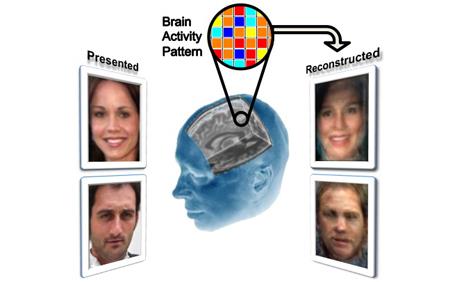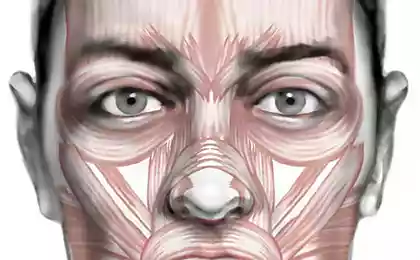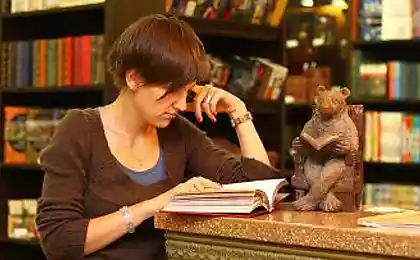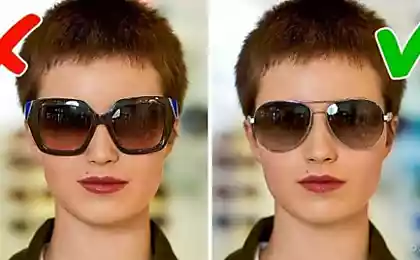908
Facial reconstruction according tomography

Using data alone scanning fMRI (functional magnetic resonance imaging), researchers from Yale University have been able to reconstruct the faces of people who looked at the subjects.
"It's kind of mind-reading," says Marvin Chun (Marvin Chun), a professor of psychology, neuroscience and author of the article in the journal Neuroimage. The amount of information obtained during fMRI, have allowed scientists to predict what the scene or object remembers people. For example, beach, city streets, an animal or a building.
"However, until recently, could only say that we are talking just about the animal, rather than a particular. This is a much higher level. " One of the students Chung, Alan Cowan (Alan Cowen), wanted to find out whether it is possible to reconstruct the face of one person remembers another person. The task was very difficult, because people's faces resemble each other much more than a building. The situation is complicated by the fact that the recognition of human faces "engaged in" large areas of the brain that is the key to survival. Man is able to recognize faces at much more details compared with other objects.
Cowan and his colleague Brice Kul (Brice Kuhl), the six subjects showed images of 300 different people at the same time conducting fMRI. Scan data were summarized in a kind of statistical library brain's response to specific individuals. During the next session of the scan test were shown a new set of people. Comparing the results of both phases, the scientists were able to reconstruct the faces that were shown the test a second time.
Cohen says that the accuracy of the reconstruction will grow over time, and it is that their technology will be used as a research tool, for example, to study how children with autism respond to people's faces.
Source: habrahabr.ru/post/217481/
From that died in Russia in 2007
Spanish island fully switch to alternative energy sources by the end of the year























